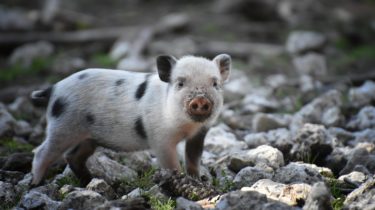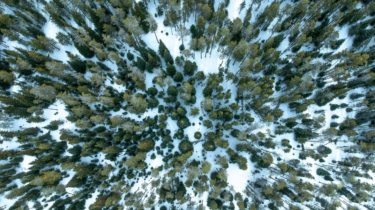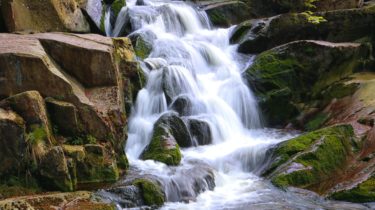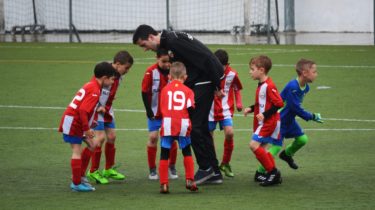Image Datasets for Practicing Machine Learning in OpenCV
At the very start of your machine learning journey, publicly available datasets alleviate the worry of creating the datasets yourself and let you focus on learning to use the machine learning algorithms. It also helps if the datasets are moderately sized and do not require too much pre-processing to get you to practice using the algorithms quicker before moving on to more challenging problems. Two datasets we will be looking at are the simpler digits dataset provided with OpenCV and […]
Read more








